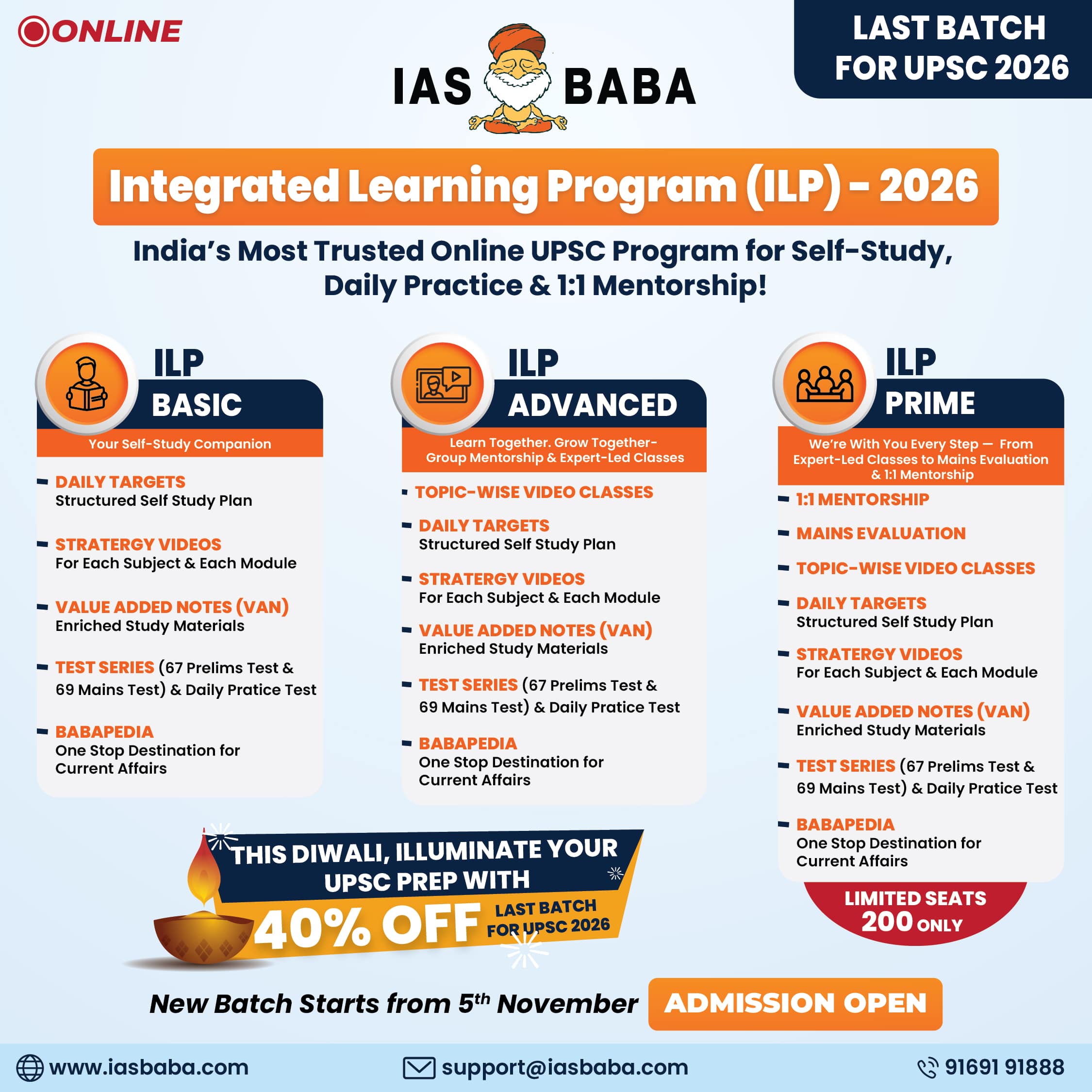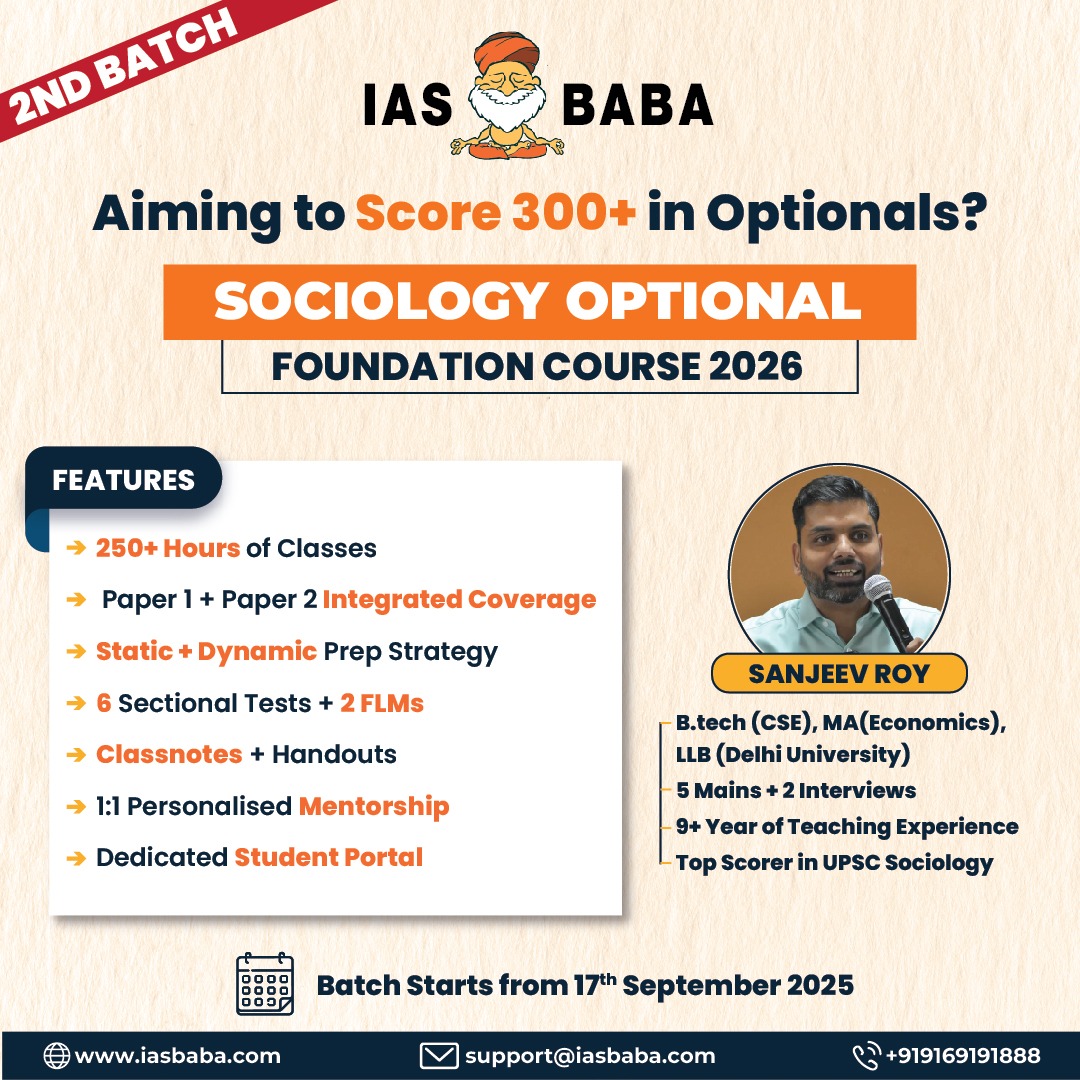UPSC Articles
SOCIETY/ ECONOMY/ GOVERNANCE
- GS-1: Social Empowerment
- GS-3: Indian Economy and issues relating to planning, mobilization, of resources, growth, development and employment
Care Work and Care Economy
Context: Care work and care economy — a system that consists of activities and relationships involved in meeting the physical, emotional, and psychological aspects of care — remains an integral but undervalued component of economies all over the world.
- Care work encompasses direct activities such as feeding a baby or nursing an ill partner, and indirect care activities such as cooking and cleaning’.
Why government needs to recognize care work & invest in care infrastructure?
- Shift in mind set: Treating care economy assets as infrastructure explicitly recognises childcare and elderly care spending as investments rather than expenditures.
- Strengthens Right to life: Care services will also deliver the benefits of child development, aging in dignity and emotional & psychological stability in one’s life.
- Increase female labour force: If an additional 2 per cent of the GDP was invested in the Indian health and care sector, 11 million additional jobs could be generated, nearly a third of which would go to women thus increasing female labour force participation rate.
- Prevents Occupational downgrading: Women with care work responsibilities often take up flexible lower pay jobs to manage both professional work & care work. Investing in care infrastructure can thus prevent “occupational downgrading”.
- Economic growth: Care economy also helps in stoking gender-inclusive economic growth. Women’s unpaid work is valued at 3.1% of GDP in India. Recognising AWWs, ANMs, ASHAs and domestic help (amongst others), as formal sector workers would allow their economic contribution to be counted in the GDP.
- Involving Private Sector: Investment in care infrastructure and services can also be in the form of public private partnerships, to develop expertise of the private sector.
- Improved Productivity: Workplaces that provide time, income security and space for undertaking care services such as breastfeeding, enable positive nutrition and health outcomes improving productivity of workers.
Challenges faced by Care Economy
- India spends less than one per cent of GDP on care work infrastructure and services, including pre-primary education, maternity, disability and sickness benefits, and long-term care as per the ILO.
- Also, since March 2020, the demand for care services has skyrocketed but the investment in the care economy remains standstill
- Unpaid care work is linked to labour market inequalities, yet it has yet to receive adequate attention in policy formulation.
- India offers 26 weeks of maternity leave, against the ILO’s standard mandate of 14 weeks that exists in 120 countries. However, this coverage extends to only a tiny proportion of women workers in formal employment in India, where 89% of employed women are in informal sector.
- While paternity leave is recognised as an enabler for both mothers and fathers to better balance work and family responsibilities, it is not provided in India.
- The country’s 2.5 million women Anganwadi workers (AWWs), auxiliary nurse-midwives (ANMs) and accredited social-health activists (ASHAs) are not recognised as workers and do not have requisite access to workers’ rights and entitlements in India.
- The Maternity Act, 2017 mandates that employers must provide crèche facilities within a prescribed distance. The absence of clear implementation guidelines, penalty provisions, or monitoring makes non-compliance continue unabated.
Way Ahead
- Care work should be viewed as a collective responsibility and public good.
- ILO proposes a 5R framework for decent care work centred around achieving gender equality. The framework urges for
- Recognition, Reduction, and Redistribution of unpaid care work
- Rewarding care workers with more and decent work
- Representation in social dialogue and collective bargaining
Connecting the dots:













